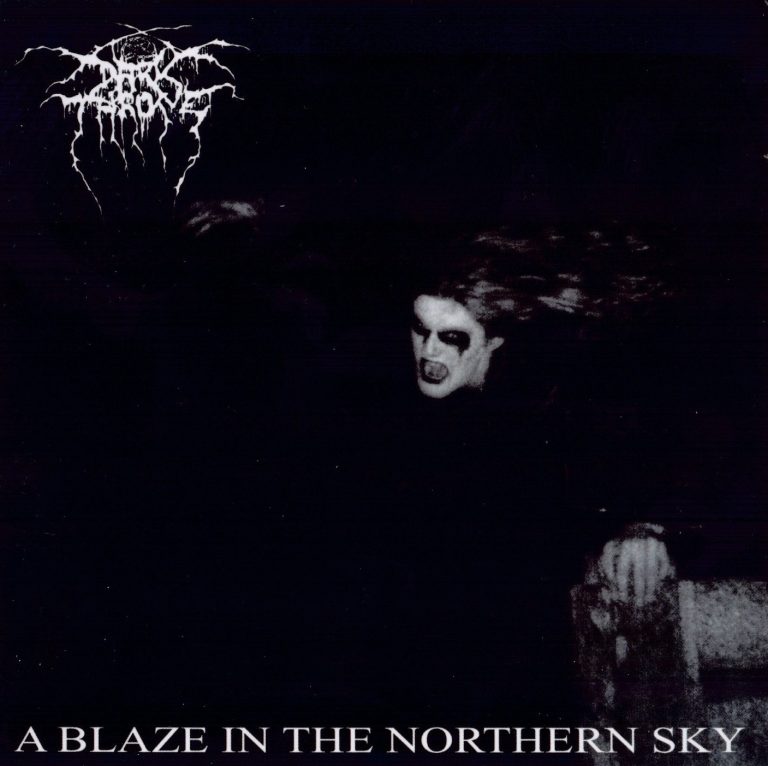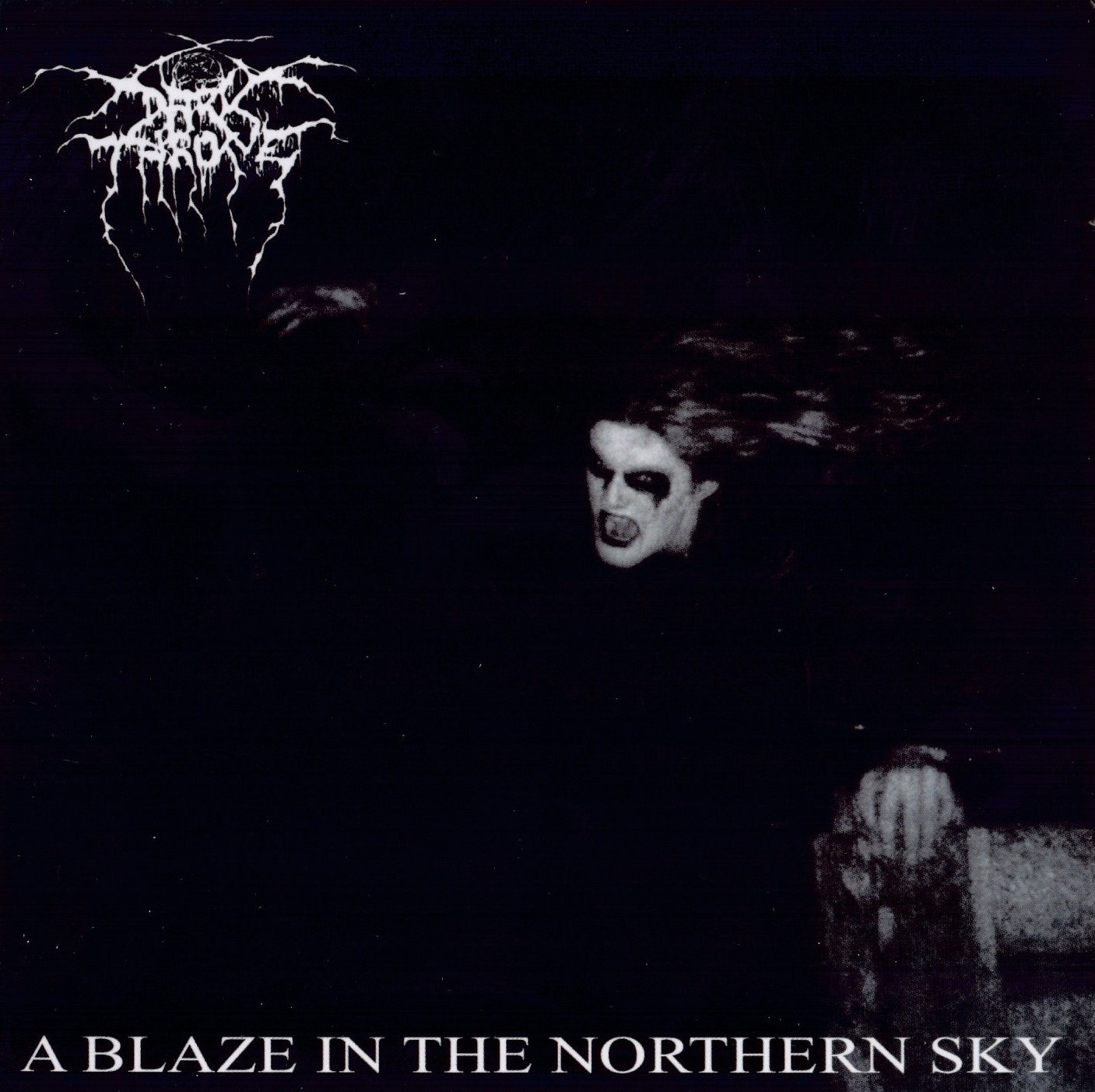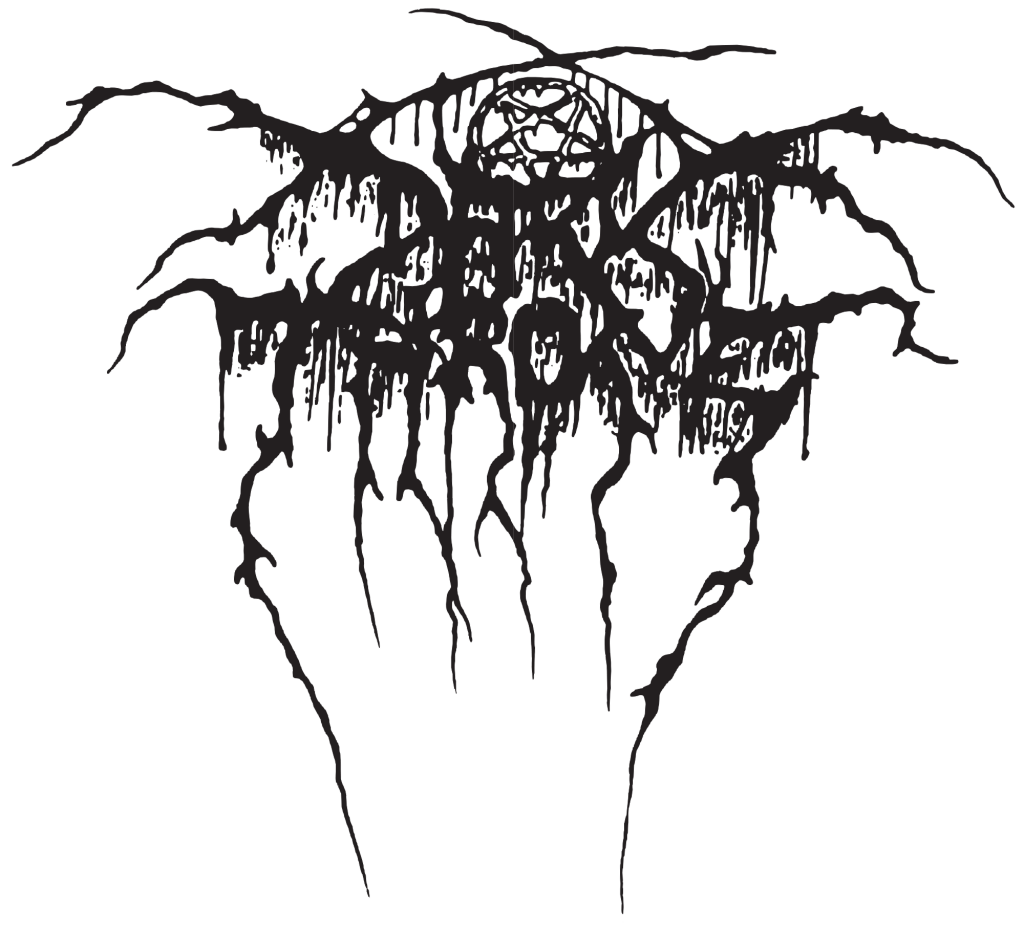Black-metal isn’t for everybody, but neither are the Beatles. Growing up I didn’t listen to metal as much; in high school I leaned more towards punk and stuff like the Smiths and the Cure. I dabbled in metal a little bit in middle school but didn’t go too deep—Metallica and Megadeth were probably as heavy as I got, I was too busy listening to too much Guns & Roses and Poison! And Def Leppard! It wasn’t until way later I discovered Darkthrone, a Norwegian metal band that has released some of the most influential metal albums of the darkest form—black-metal.
A highly conceptual band, Darkthrone along with bands like Mayhem, visually and musically gave form to what black-metal became to be, taking elements of the original 80s black metal forefathers (often considered the first wave of the genre) Venom, Hellhammer and Bathory, who although had satanic symbolism in the artwork and the lyrics, weren’t the full package. Darkthrone along with earlier bands like Sarcofago, King Diamond and Mayhem were some of the first to start using the ghostly white face paint with the blackened eyes when they played live and also famously adorned on the cover of Darkthrone’s second album, A Blaze in the Northern Sky.
The band did not start out with the black-metal sound or the more conceptual approach to their look and studio aesthetic. Their first album Soulside Journey (1991) was a super technical trip into the depths of death-metal, sounds very different from the following albums Darkthone released. The band deconstructs the sound of their music on Blaze, leaving in heavy distortion but being less technical, speeding up the drums and making them sound shittier, and the vocals going for a shriek and less of a growl.
A Blaze in the Northern Sky has all the elements and ingredients you need for a black-metal stew: fast drum blast, deadly shrieking vocals and heavy guitar tremolo riffage, all packaged into a ball of lo-fi and bad production—but in a good way. The shabby production gives the overall sound of the album more of a raw feel, kind of like those real good Back From the Grave compilations filled with raunchy 60s garage, or gritty punk from the late 70s early 80s. Bad production in many instances is a good thing; sometimes slick production takes away from the music itself. Kind of like modern day horror movies, because of good production, they suck. All the old horror movies are scarier because they look like crap.
Why was Darkthrone so deep in the darkness when it comes to their sound? Like many bands, Darkthrone’s music was a product of their environment; Manchester’s industrial landscape provided for dark post-punk, and sunny California’s beaches were the happy backdrop to countless bands of the west-coast—the same could go on for so many other places. The band formed in 1986 in Kolbotn, which is a small suburb of Oslo, where the climate is usually frozen cold and dark, with not too much sunlight during the day, raining all the time.
Probably one of the biggest characteristics and darkest things about black-metal, are the lyrics—rooted deep in the Norwegian history. Not necessarily satanic, but definitely anti-Christian. The connection with nature is heavily present in the lyrics, and the cold and dark landscape gives for a creepier listen on Blaze.
A Blaze in the Northern Sky is now a classic album and serves as a template for what the sound of black-metal became to be. If you can’t go to sleep at night and it’s like 5 in the morning, listen to this record, with headphones. Make sure the lights are out.




